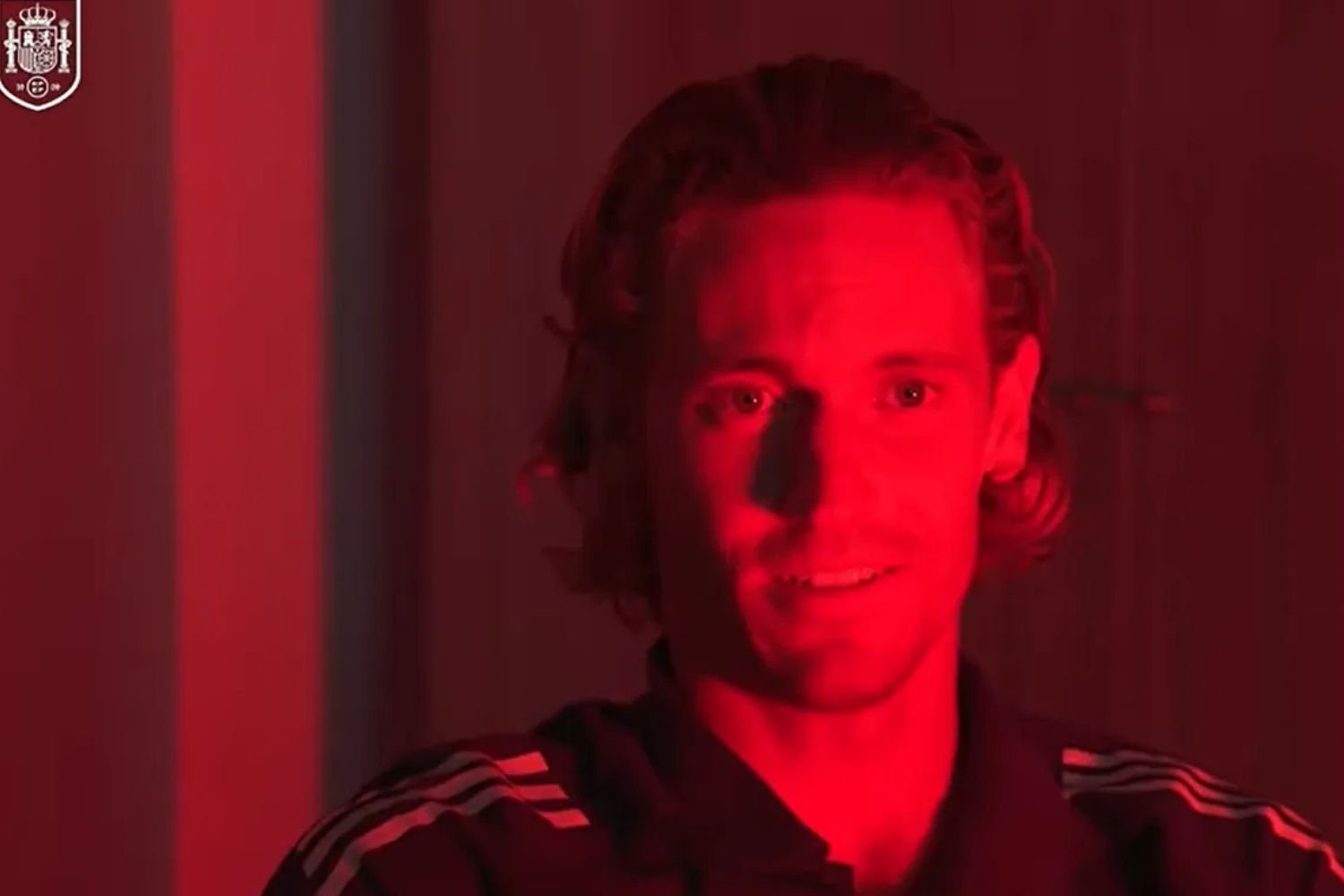Recently there was news about a ban on access to a large number of sites where you can watch anime in Russia. The situation is sad, the reason is also not the most pleasant. But today is not about that.
Today I want to talk about censorship and prohibitions not here. Why is anime banned, for example, in China, Australia or even in Japan itself. And no, we’re not even talking about the mainstream ban on Death Note in different countries due to its double implications.
China and South Korea against militarism
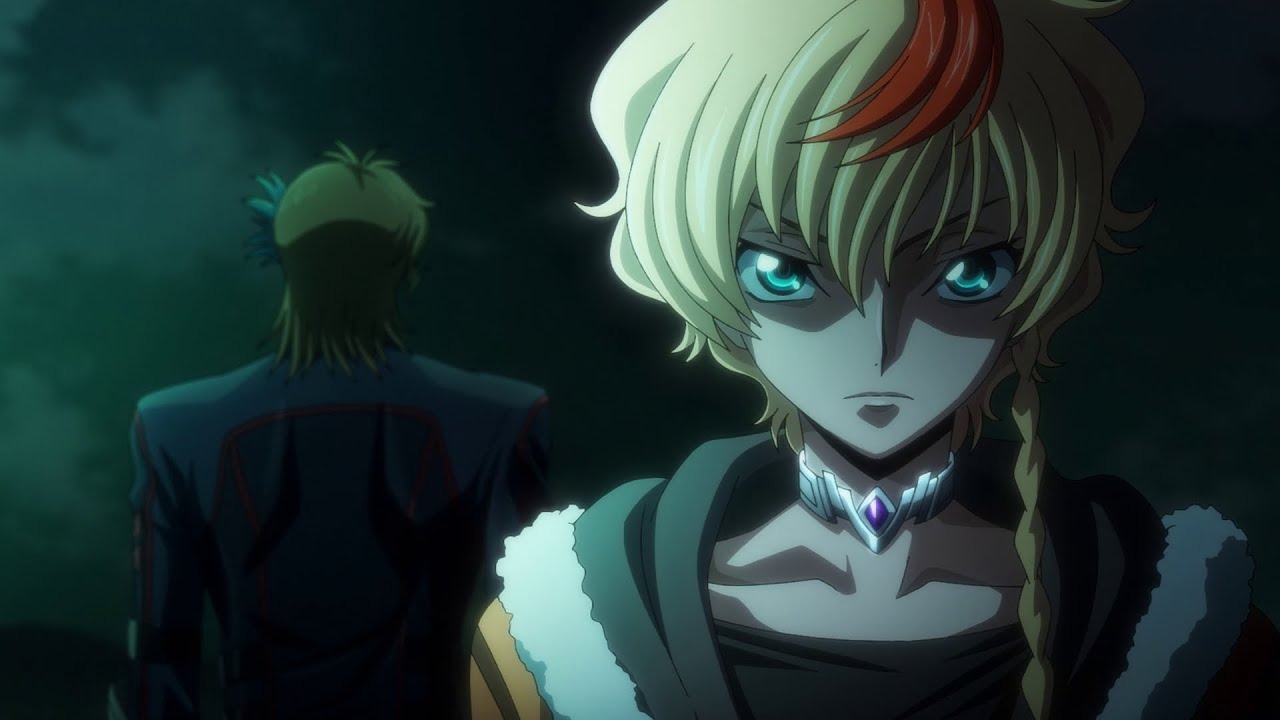
Well, it’s worth starting with the country that takes the strongest approach to banning content on its territory. If you didn’t know, in China even the theme of death and the word “murder” are valued, so in this country you can rarely even find painted skulls and skeletons.
It is for this reason that the anime “Psycho-Pass” and “Tokyo Ghoul” are prescribed, where the topic of poverty is raised quite actively and in some episodes generally takes on a central role in the plot (The director of the first season of Psycho-Pass devoted the search for a serial killer, for example. By the way, I recommend it, it’s a wildly stylish thing).
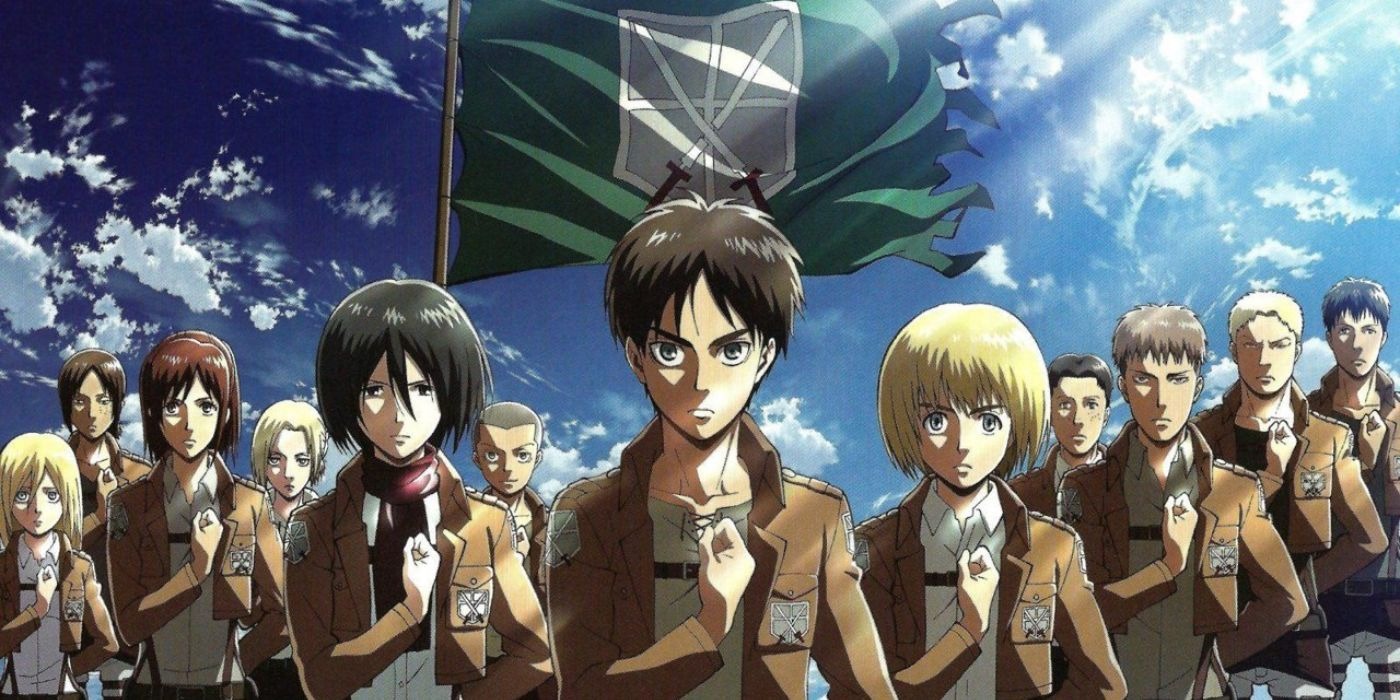
But most of all, China hates militarism and everything connected with Japan before its surrender in World War II. The reasons for this are quite justified, but I will not write in detail here about the atrocities of the Japanese Empire as a whole and the activities of Detachment 731. This film is about “The Man Behind the Sun”, and I categorically do not recommend watching it for the faint of heart.
So, anime. The most striking examples of the ban are “Code Geass” and “Attack on Titan” (It’s ironic that they have very good plot twists related to the main character). Both projects are in one way or another permeated with allusions to Japanese militarism, themes of military rebellion and the validity of genocide. Watching this is strictly prohibited in China.
In much more liberal South Korea, some things are treated differently. The same Hajime Isayama (author of “Attack on Titan”) they don’t like him personally, well, very strange statements on Twitter on the topic of the Korean occupied country (and this graphomaniac should be hated for the openly leaked ending of the manga, but this is already personal) and, accordingly, the attitude towards Ataka fans is also not very positive.

However, there is and is a complete ban. For example, in South Korea, the anime film “Grave of the Fireflies” was banned, which, despite its anti-war message, was considered propaganda.
The censors explained the ban by the fact that Grave of the Fireflies is a propaganda anime created in order to evoke sympathy for the plight of the Japanese during World War II and thereby shut down their country with a war criminal.
France and Germany against Nazism and gadgets

Objectively speaking, Nazism is not approved anywhere. However, there have been cases where anime was valued only because of its symbolism.
For example, in the French TV series Kinnikuman, it was censored because of the character Brocken, who wore a swastika. During World War II and Nazi occupation France, such a symbol was unacceptable. As a result, the character was modified for the French market and the swastika was removed from his image. However, the plot did not change.
Unlike Germany. There, for example, there is rural censorship of “Dragon Ball Z: Resurrection of the Fusion.” Due to strict laws against the use of Nazi symbols, all swastikas were replaced with red crosses, and all references to the “Third Reich” were removed. The character Dictator was also removed to avoid direct associations with Nazism and to avoid offending the feelings of Holocaust survivors.

However, with two deaths, I can generally make an impact. But not with the ban, perhaps the most children’s anime in the world. I’m sure you’ve seen Doraemon at least once in your life. Yes, this blue cat is depicted with eyes – a character from the oldest anime for preschoolers.
And this anime was completely banned in France. The reason is that the story about a robot from the future that helps a small child cope with problems with the help of gadgets was considered harmful to children. According to the authors of the ban, children need to be taught independently.
It’s scary that it was banned even in Japan

And finally, about the film, which, thanks to its concept, led to a ban even in Japan. This is Mr. Arashi’s Freak Show, released in 1992.
The film is based on a manga created by Suehiro Maruo, an author known for his love of the grotesque, body horror and horror about little girls. He was born in 1956 in Nagasaki.
“Mr. Arashi’s Freak Show” – one of the most famous and scandalous actors Maruo. The film adaptation, which transferred it to the screen almost unchanged, tells the story of Midori, a twelve-year-old girl who cared for a patient with an infection and sold flowers on the street to earn money. Realizing that her life has become unbearably difficult, she accepts the invitation of a certain Arashi, hoping that this will change her fate for the better. But instead she becomes a performer at the local freak circus.
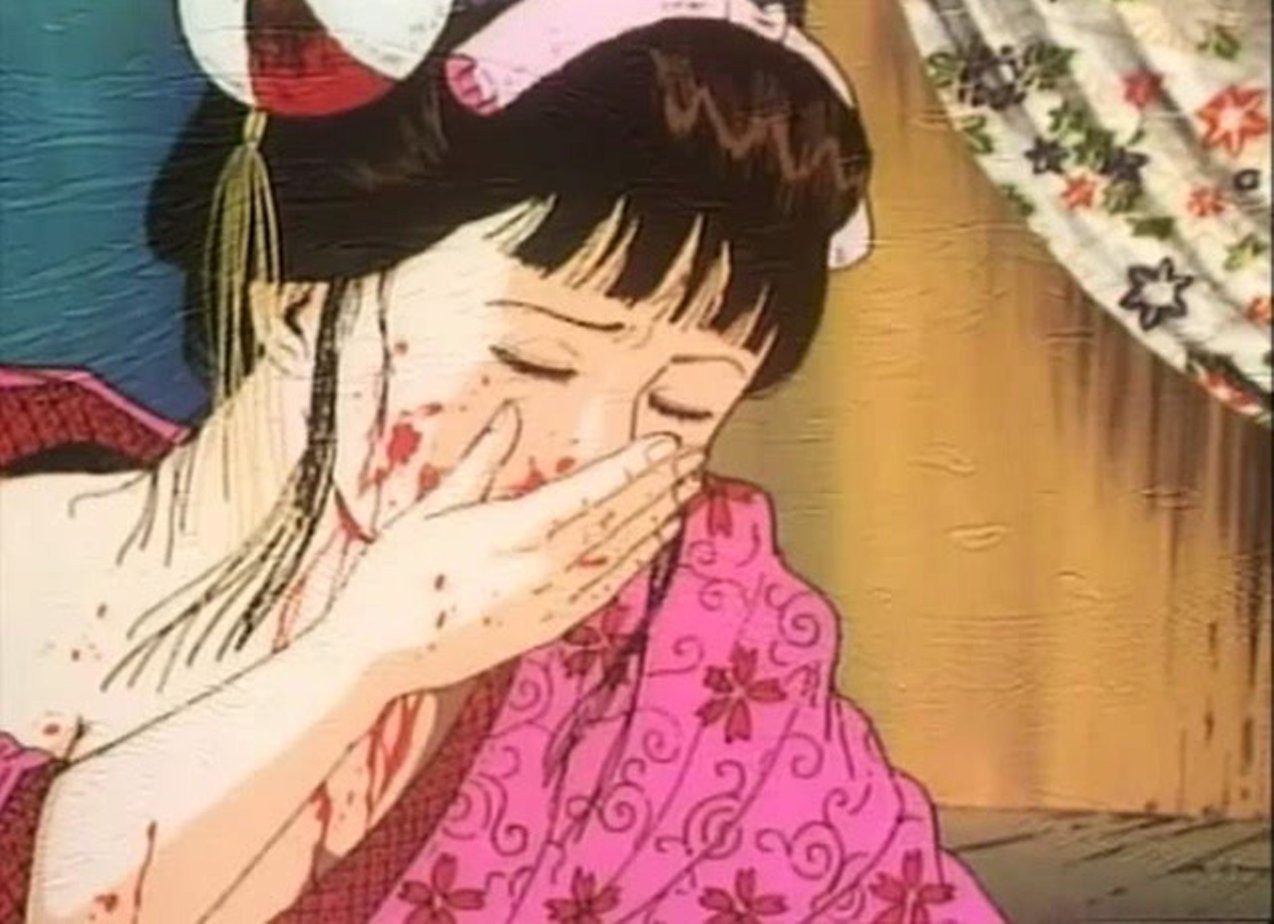
If only I could come up with something, so what? A typical drama about disadvantaged children. But throughout the entire plot we will, to one degree or another, observe how terrible mutations change the human body, and even if we remember that this is a Japanese animation from 1992, it looks truly disgusting. About the scenes of beatings (and something else that also starts with “from”), killing animals and in an atmosphere of black hopelessness, it goes without saying.
Interesting fact: work on the film adaptation lasted about 5 years; literally all companies in Japan refused to sponsor “Mr. Arashi’s Freak Show,” and as a result, the film was shot with the director’s personal money. It’s no less funny that this nightmare has a page on Kinopoisk (with such delicious screenshots), manga can officially be bought on marketplaces. Despite this display and sale in Japan, the project is still prohibited.
The best censorship methods

Lastly, let’s talk about such a manifestation as TV censorship of anime series. Most even modern series receive two releases: for broadcast on Japanese television (and on streaming platforms), and after some time, some project is released on physical media. And sometimes this is not just a transfer of content boundaries, but a significant refinement of it.
An example is the same “Attack on Titan” – the 4th season on TV and streaming differs quite well from the Blu-Ray version. And all because the animators have more time to finalize the pictures. And this is not the only case.

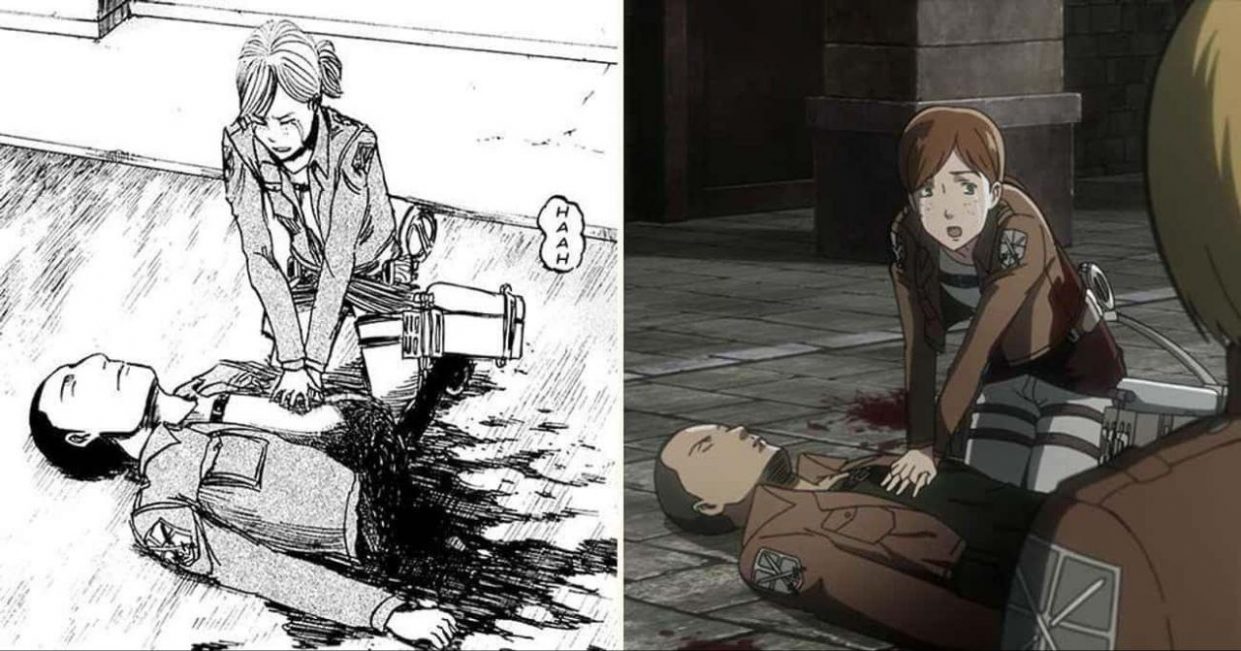
But there are also examples when a much more censored version of a game is released on TV, and the version is already on disk, so to speak, without a cut. And now I will give examples of such censorship.
📍Smoke, water or light rays – This is a standard technique that is used in scenes where the action takes place in a bath, hot springs, beach or pool. That is, in a place where you can easily imitate natural phenomena. This allows you to distract the attention of viewers or, conversely, attract them by demonstrating the beauty of the body.
📍Shadows and filters used to avoid showing murder, dismemberment. This is also a way to censor a person’s life.
📍Repainting – in some anime they simply take the blood and paint it in a different color. One of the most memetic examples is Family of the Spy. In this version, the blood is white, and… Well, in places it creates comedy where it wasn’t originally intended.
📍Framing erotica — perhaps they will scale it up so as not to show too much, and then release it for home rental as an initial version.
📍Manga is usually tougher than anime. – It is not uncommon for the content of scenes as a whole to be altered to reduce the level of violence. Above we ordered samples of the same “Attack on Titan”.
How are censorship and bans generally justified?
 Hayao Miyazaki did a good job of scaring Western censors in his time. The master was not very friendly with publishers in general (especially with Disney), and in the case of the distribution of “Princess Mononoke,” after a personal conversation with Harvey Weinstein, he sent him a real katana and a note “DO NOT CUT ANYTHING.”
Hayao Miyazaki did a good job of scaring Western censors in his time. The master was not very friendly with publishers in general (especially with Disney), and in the case of the distribution of “Princess Mononoke,” after a personal conversation with Harvey Weinstein, he sent him a real katana and a note “DO NOT CUT ANYTHING.”
Well, I’ll say in advance that sometimes censorship is an excellent incentive for merchandise sales. I dedicated an entire section to this above; the trial method, which still works, has become popular in the Japanese market for printed manga and anime on disc.
And in the case of the rest of the world… More likely justified than not. As you can see, often ethical or political censorship causes bans and censorship. And many of the political reasons can be understood at their core – the differences between Asia and there is still a fairly high level of misunderstanding that drags on over time, and you yourself know what kind of war and what events.
When the same Chinese are offered to watch anime, although beautiful and dramatic, they still try to feel sorry for the inhabitants of the Japanese Empire… It is clear that not everyone likes this at the state level.
With all this, I deliberately did not mention schizophrenic attacks in anime with LGBT propaganda heroes (I condemn), corrupting and inducing children to do something (double damage) and other statements at the level of “Pokemon is teaching your children bad things, and in general there will be epilepsy!” And no, I’m not talking about our country even now. In Australia, anime is periodically banned as necessary.
After that, I personally advise you to familiarize yourself with the anime that was mentioned in one way or another in the text and express your opinion. Will the perception of the plot of the same “Grave Fireflies” change, because in some decades it was perceived in the same South Korea? The question is rather rhetorical.
I voice this thought to you. Have a good day.
Source: Iphones RU
I am a professional journalist and content creator with extensive experience writing for news websites. I currently work as an author at Gadget Onus, where I specialize in covering hot news topics. My written pieces have been published on some of the biggest media outlets around the world, including The Guardian and BBC News.





